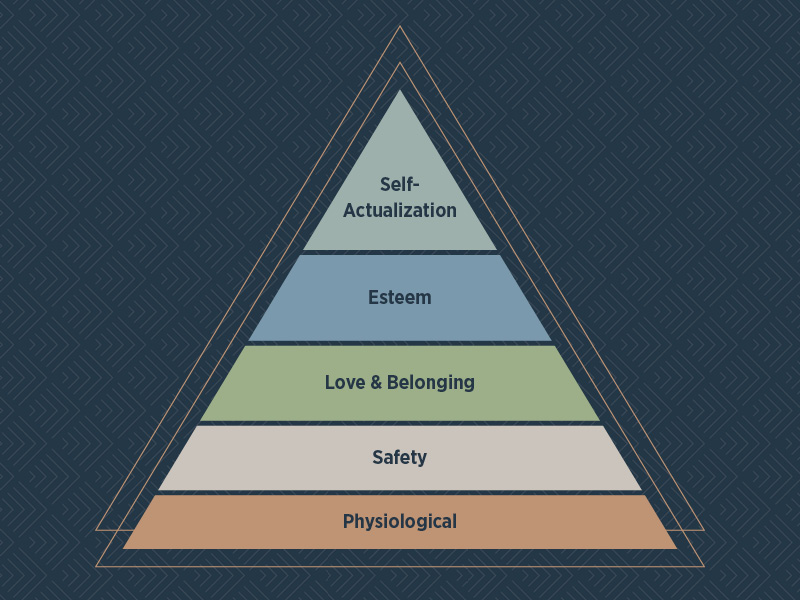
Stress is an inevitable part of life. According to research by the American Institute of Stress, stress causes 57% of US respondents to feel immobilized and 63% of US workers are willing to quit their job to avoid work-related stress. Because stress affects both health and wellness, alleviating stress requires a holistic approach.
Stress & Burnout
Not all stress is bad. Eustress, the type of stress you feel when you’re excited, causes your pulse to quicken and hormones to rise in your body. “Eustress produces positive feelings of excitement, fulfillment, meaning, satisfaction, and well-being,” explains Licensed professional counselor Casey Lee, MA, in a Healthline article.
Eustress makes you feel confident, adequate and stimulated by the challenge you experience from the stressor. You might feel this type of stress when you ride a roller coaster, compete in a game, or go on a first date. Good stress is short-term; it inspires and motivates you, focuses your energy, and enhances performance.
Bad stress, however, is the kind that wears you out, leaves you feeling anxious or unsettled, and is harmful to your health. Bad stress, or distress, can lead to anxiety, confusion, and poor concentration.
Stress can stem from a variety of places, including work, troubled relationships, financial pressures, caregiving, and a variety of other situations. Really, anything that poses a real or perceived challenge or threat to a person's well-being can cause stress.
Chronic stress that isn’t managed well inevitably leads to burnout, and too much stress can affect a person’s mental and physical health.
The Effect of Chronic Stress on Health & Wellness
Chronic stress can have a major impact on your health and wellness. Burnout caused by chronic stress can leave you feeling exhausted, can generate feelings of negativity or cynicism, can cause distance in relationships, and can reduce your ability to think clearly. It literally can affect every facet of your life.
People often use the terms health and wellness interchangeably, but the two terms do mean different things. Health refers to the physical body being free from disease. On the other hand, wellness refers to an overall balance of a person's physical, social, spiritual, emotional, intellectual, environmental, and occupational well-being.
Merely expecting your body to decline with age increases the likelihood that it will, and when stress is caused by frequent illness, chronic pain, or immobility, it’s hard not to focus on what else could happen.
Wellness has eight dimensions:
- Developmental wellness
- Cognitive wellness
- Physical wellness
- Emotional wellness
- Spiritual wellness
- Relational wellness
- Vocational wellness
- Contextual wellness
When chronic stress starts affecting other facets of your life beyond physical wellness, it’s time a take a step back and consider a holistic approach. Addressing only the physical aspects of stress (insomnia, chronic pain, high blood pressure, illness, etc.) might help you feel better but won’t help you feel whole.
How Maslow’s Hierarchy of Needs & Wellness are Linked
Although 79 percent of health education research addresses the physical dimension of health, it’s not the only component of health you should focus on. Wellness is a holistic approach that focuses on the whole person and acknowledges the relationship between social, emotional, physical, and spiritual well-being.
The Eight Dimensions of Wellness
Wellness is multidimensional and isn’t just about increasing physical activity or focusing on a well-balanced diet — though these are important and play a role in optimal wellness. It includes finding a sense of fulfillment, purpose, and happiness.
Addressing only the effects that stress has on your health can still leave you feeling like something is missing. Humans are motivated based on the pursuit of meeting various levels of needs. Happiness first stems from meeting basic needs such as having food and clothing, followed closely by feeling safe. When basic needs are met, humans desire to focus on other aspects of wellness that promote feeling happy, feeling loved, feeling purpose, and feeling peace.
Abraham Maslow proposed the “Theory of Human Motivation” in 1943. His hierarchy of needs pyramid defined five levels of human needs. It characterized how humans tend to prioritize the progress they’re trying to make in their lives. Maslow found that people seek to satisfy needs on a higher level only when the needs on the underlying levels and foundation have been adequately fulfilled.
Maslow's Hierarchy of Needs

Understanding Maslow’s Hierarchy of Needs can help with understanding the link between health and wellness.
4 Ways to Improve Wellness & Decrease Stress
There are a variety of ways to improve health and wellness. Using a holistic approach to health care when seeking ways to reduce stress ensures you are focused on not just feeling better but feeling well. Here are a few tips to get you started.
- Complete a wellness assessment and gather the information that will get you on the path to a healthier, happier you.
- Find holistic solutions to managing issues caused by stress like insomnia, depression, and anxiety.
- If medication is part of your regimen, double-check to ensure medications are not amplifying the problem by interacting in a negative way with each other.
- Reduce the risk of chronic high blood pressure, heart issues, or Alzheimer’s by intentionally focusing on healthy aging.
To learn more about a holistic approach to wellness, download our eBook Living Your Best Life.




.png?width=1500&name=HGE-DimensionsofWellness-Graphics-01%20(1).png)

